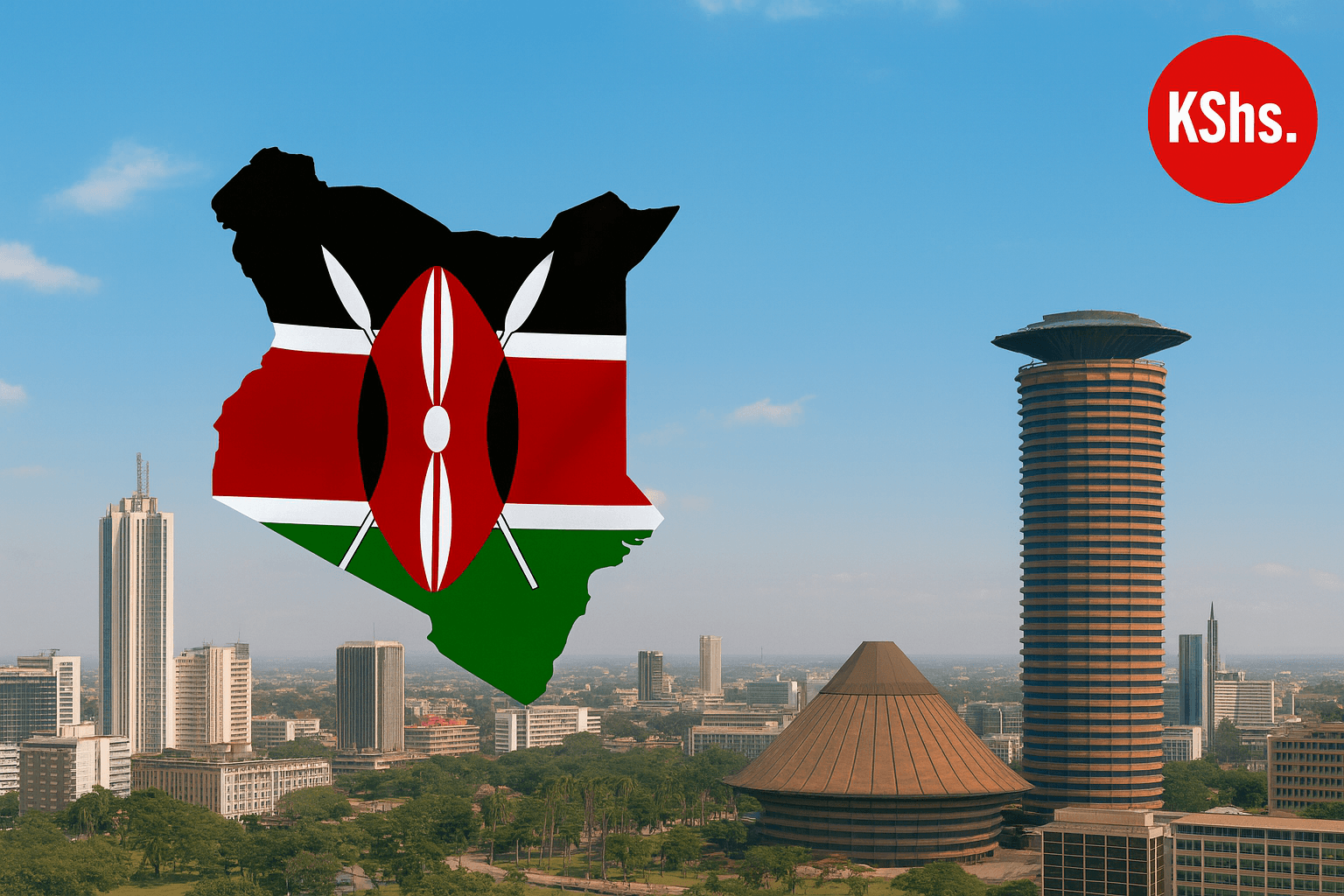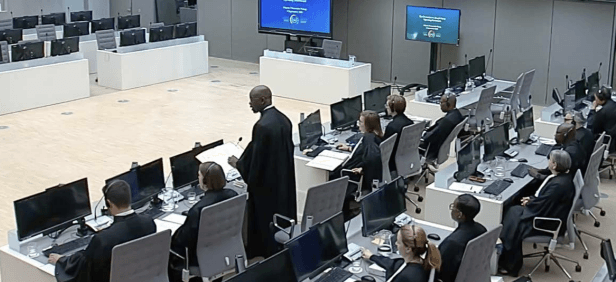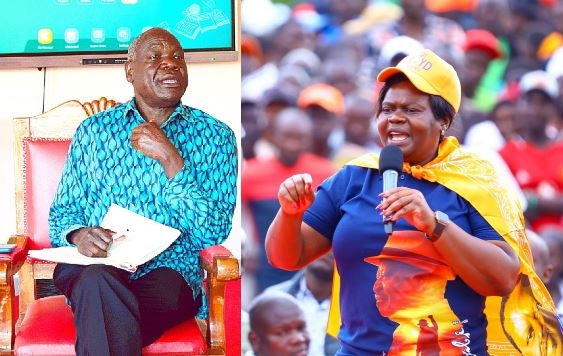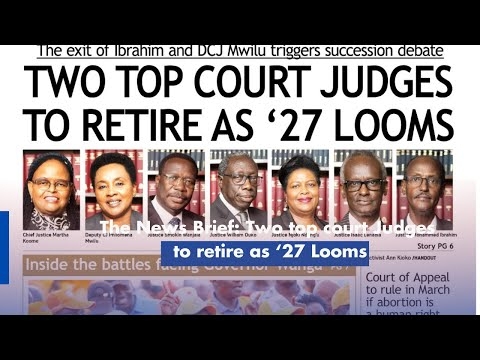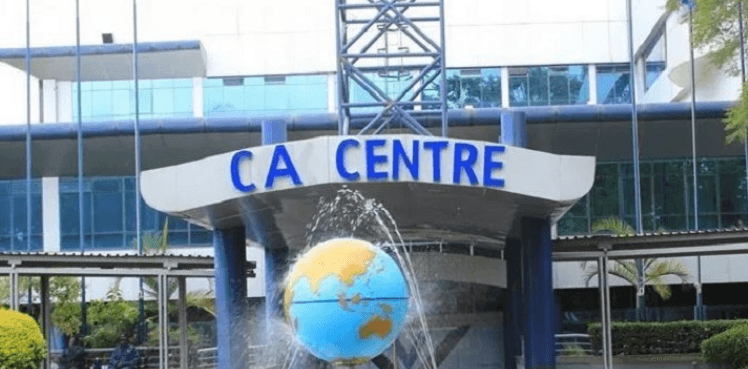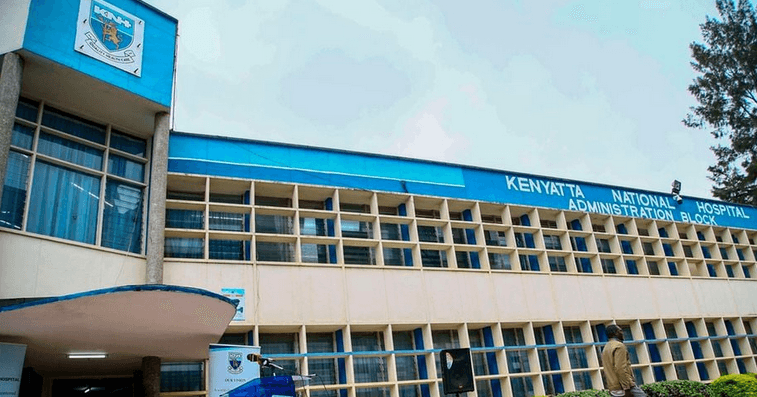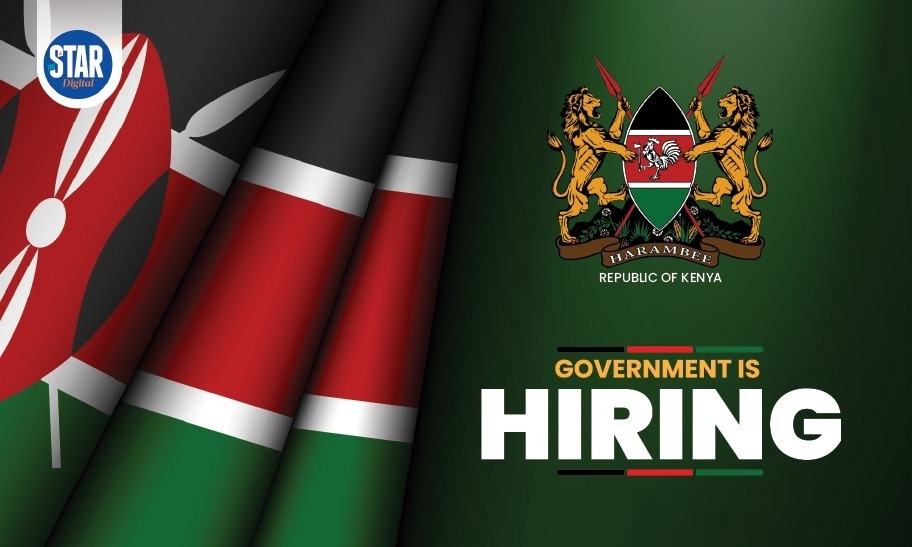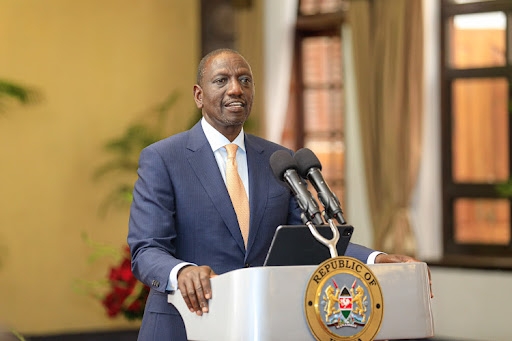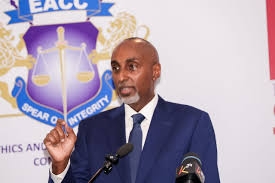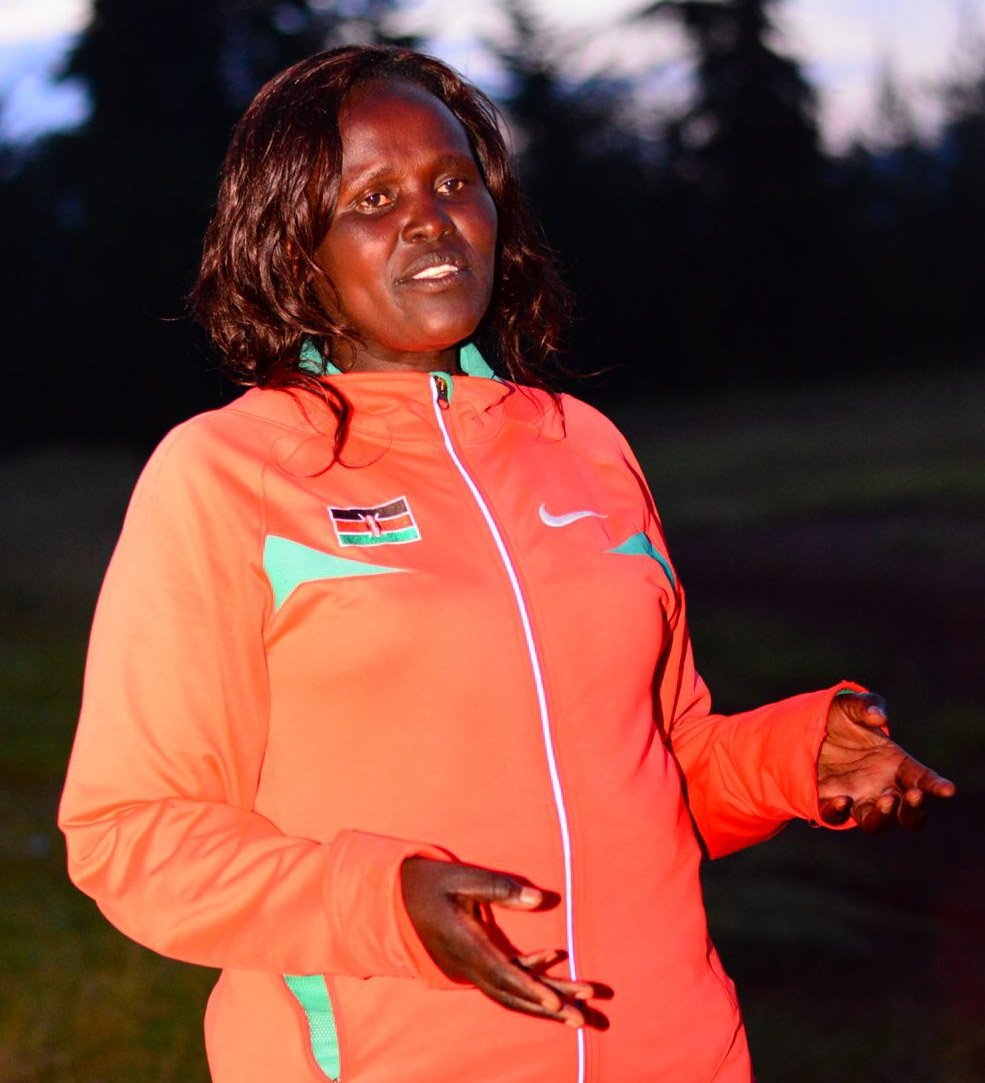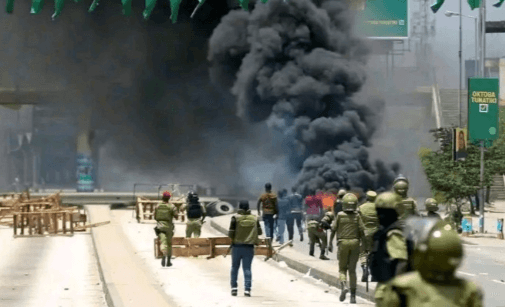The Presidential Working Party on Education Reforms [PWPER] on Tuesday handed over a report with its findings and recommendations to President William Ruto.
The handover was done at the State House in Nairobi.
While a raft of changes were proposed in the PWPER report, we will focus on the difference between the current primary school system, and the one proposed in the report - Comprehensive schools.
Here is a breakdown of what will change:
Management
While current Primary schools are managed by a head teacher, assisted by one deputy head teacher, the comprehensive school will be managed by a principal. The principal will then have three deputies.
Structure
Primary schools under the 8-4-4 system currently host eight classes, while comprehensive schools will host three levels of school including pre-primary, primary and junior secondary school.
Funding
Primary schools funding is mainly from the government, however, in the Comprehensive schools, there will be four ways of funding education.
This will include; Learners from well-off families to paying fees, Enhanced government capitation, An annual essential package (A flat rate package varying for different school levels) and Sponsorship and private -public partnerships.
While the primary school funding model of education has not been reviewed since 2003, the comprehensive model proposes a funding review every three years.
Teachers
The current number of primary schools teachers stands at around 223,296. The comprehensive school will see this number grow by more than half the current to 390,000 by 2024.
Digital literacy
Attempts to incorporate a digital literacy program into the Primary school system failed. The comprehensive school, however, proposes to revive the program in the next two years and use it as an enabler in delivering CBC.
Infrastructure development
The primary school system had the Ministry of Education deciding the schools to be expanded and those receiving infrastructural development. In a comprehensive system, infrastructure development will be devolved to the constituencies and funds allocated for the same.
Examination
The primary school system has sit-in examinations only. The comprehensive system proposes to have ICT systems to enable virtual assessment in schools.


